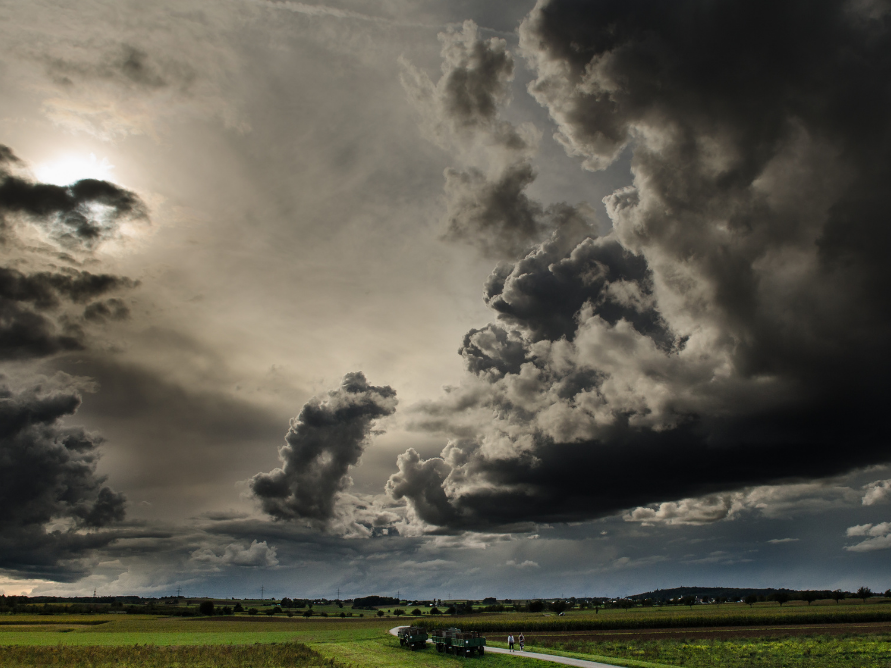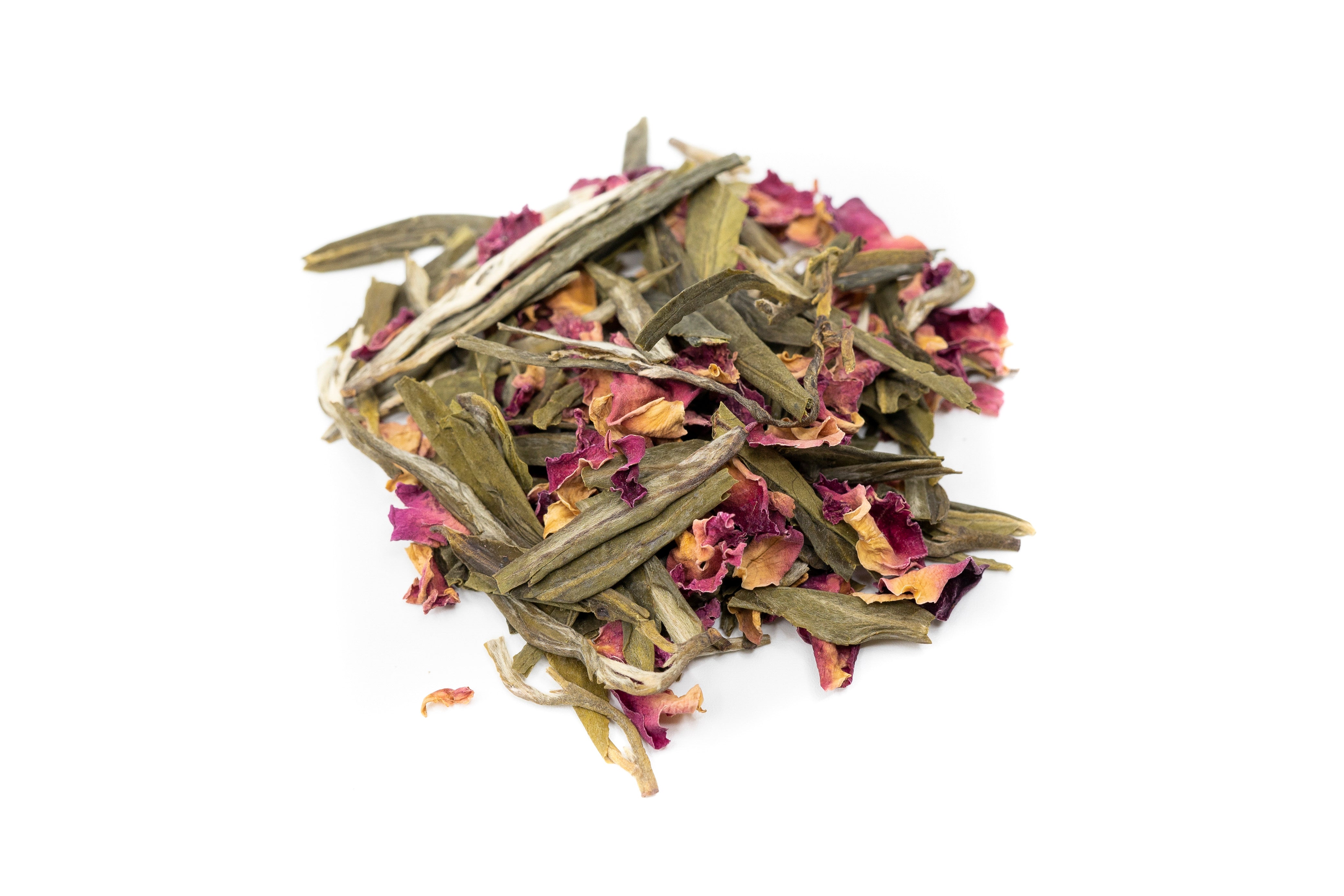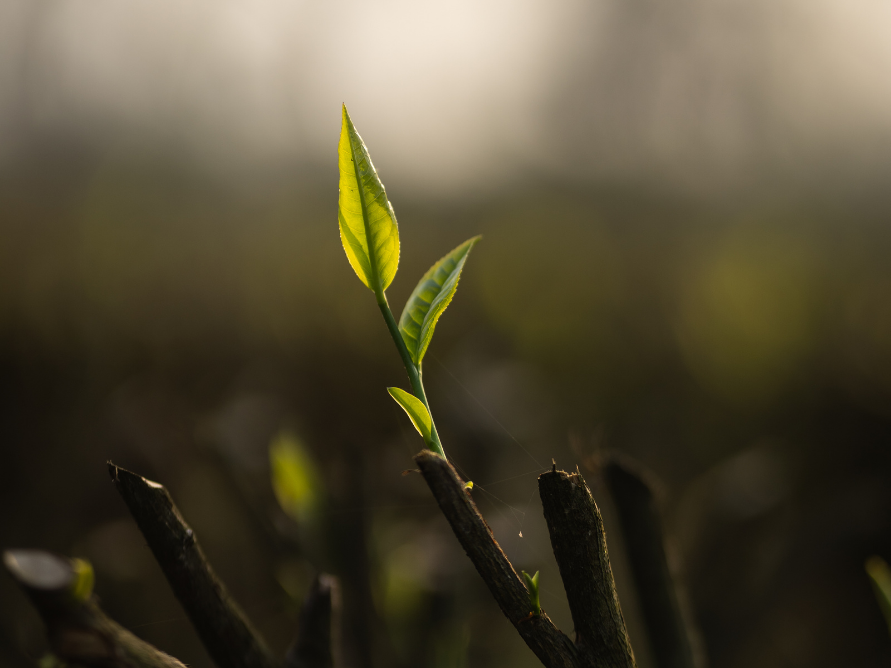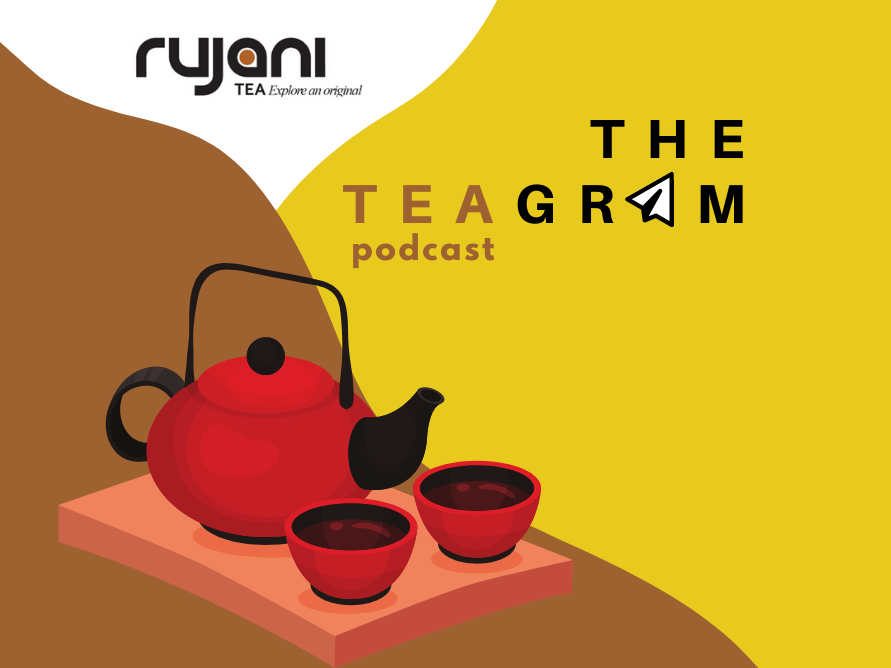
Assam Weather Update, May 2021
Raj Barooah's Monthly Column:
On the 1st of May, my mother looked westwards at the sky and said, “it’s cloudy, and it must be raining there”. Both my daughters, too, seem to keep a watch on the weather, recognising the worries of the last few weeks.
Once again, in Assam, we face drought, and there are no tea leaves to pluck on the tea farm. Climate change is a genuine threat, and as a tea farmer, I have witnessed the extent of the change and its impact.
Typically in Assam, we don’t pluck during winter. In January, we expect showers around the 15th, a time that’s also celebrated as the winter Magh Bihu harvest festival. February is a dry month, and by early March, we would see 2-3 inches of rain, which would trigger the sprouting of the first tea leaves or first flush. It would be time to harvest.
This year, we have had a dry April. Driving back from the tea garden, Aideobarie, I felt a few drops of rain a couple of weeks ago. It made me hopeful, but a few drops or a short spell won’t do. We need a proper shower to drench the soil and let it soak up the water.
We’ve had dry years before; 2013 was very bad, not unlike this year. We had a very late season then. Again, in 2015 I remember, we saw scorching weather in June and July, and the bushes were dying. Pests love the heat. Mites are especially problematic. This year, we’ve managed to hold them off till now.
When I entered the industry in 1992-93, we produced 10% of our annual output in March. Today it stands between 1-5 %. It’s after 2010 that we see such erratic weather. We never saw 40ºC days in Assam before now. Tocklai Tea Research Association did a 100-year sequencing of temperatures and reported a mean temperature increase by 2ºC, which is significant.
The rains - the distribution of rainfall - has been an enormous problem. There have been far too many dry days. Thinking back, I would say the weather has been erratic post-2010. Before that, in April, we would get 6-7” of rain, sometimes even close to 10”. This year, it is all of 1 inch in total. By May, we would have had 25% of the crop when I had started in the industry. That’s down to 10-15% now. The calendar of harvest has changed and shortened.
Conversations amongst us, tea farmers, is nearly entirely about the weather. The essence of any agriculture is consistent weather. This year, even as I write this in mid-May, we don't have enough rains. Although upper Assam has received a few days of rain, in Jorhat and areas west of it, the tea district of Golaghat still has not received any rains. It’s a collective worry we share.
In fact, this year, the situation was so adverse that our workers, noticing that the tea bushes had gone under tremendous stress, came forward to suggest that they would not work and were willing to sacrifice the wages for two days. I am told that in many tea estates, this has been the case, with the workforce sacrificing wages for 1 or 2 days. In the 25 years that I have spent in this industry, I have not witnessed something like this, where everyone on the estate has felt so much pain for the wilting tea leaves on the bushes.
Aideobarie has sections where we grow our speciality teas, especially for Rujani Tea. These tea bushes used for premium quality teas are very soft clones, affected far more by harsh weather. The heat has affected these bushes. We had started making white teas, but the weather has not allowed for it. There are no flushing of new shoots. We need rain.
At Aideobarie, our tea master and manager, Amarnath Jha, and I discuss other essential matters of maintaining the fields. I suggest that we get the drainage work started for the monsoons. He wonders if it's an expense we should take up, given that finances are tight this year with a production cut due to the lack of rain.
In my experience, Assam will get 200 inches of rain a year, come what may. If not in the first three months, it will arrive as the fury of the monsoons in the latter half of the year.
Even as recently as last year, we had a heavy monsoon in July and August. The roads to the tea gardens were a mess. The main road was submerged, and it meant that the tea we had made could not leave the factory. We are already preparing the garden in anticipation of another heavy monsoon.
As much as the tea bushes suffer from heat, excessive rain is a problem too; the tea plant roots cannot tolerate standing water beyond two days. Root rot sets in. Drainage is crucial to ensuring we don’t lose too many plants to root rot. We have also invested in constructing an alternate road so that tea that is ready to leave the garden should not be stuck, should the main road be affected again.
With such dry weather, I know we are in for a heavy monsoon. That’s what my gut says. We will have flooding.
But for now, we keep an eye on the skies. And wait.







Leave a comment
This site is protected by hCaptcha and the hCaptcha Privacy Policy and Terms of Service apply.